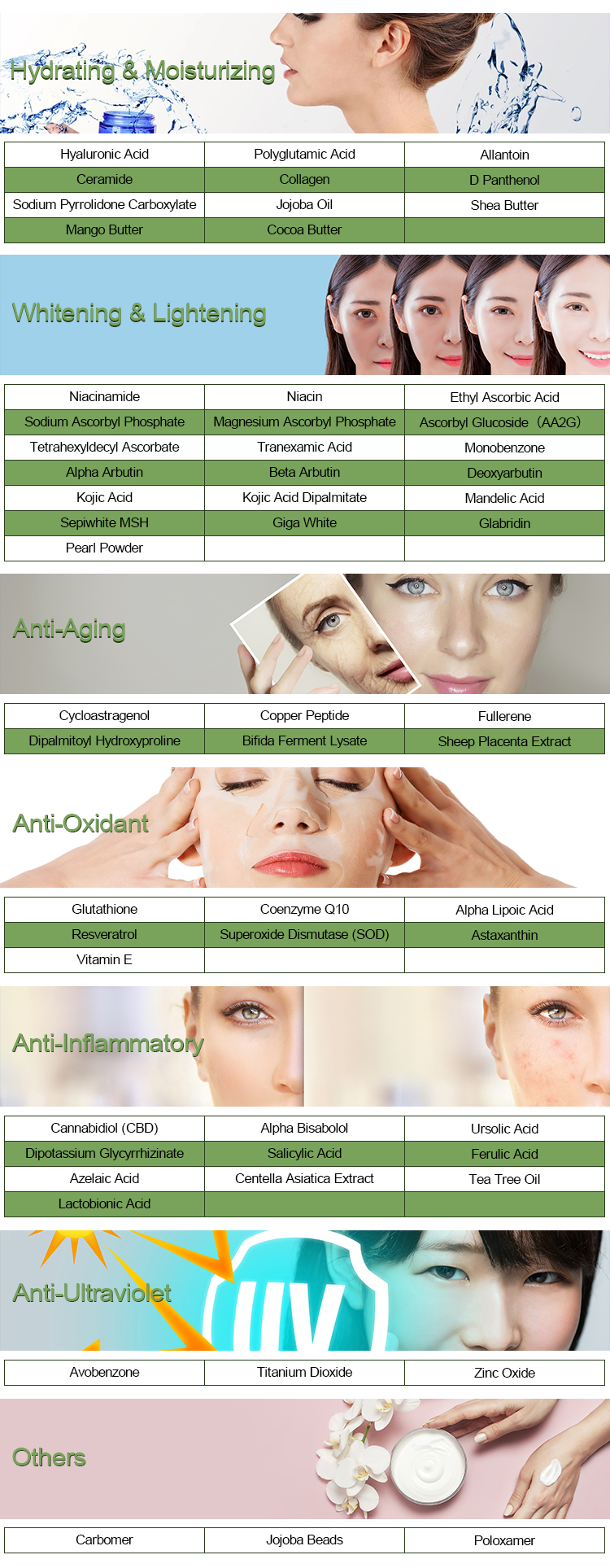Isosorbide Dimethyl Ether (ISDME) is a compound that falls under the category of bio-based chemicals and is derived from renewable resources like sorbitol, which can be obtained from corn or other plant sources. It has potential applications as a bio-based solvent, fuel additive, or in various chemical processes. Below, I’ll provide a general overview of the material and a potential method for its synthesis.
Material: Isosorbide Dimethyl Ether (ISDME)
Isosorbide Dimethyl Ether is a chemical compound with the following chemical structure:
CH3O-CH2-O-CH2-CH2-O-CH2-O-CH2O-CH3
It’s composed of two methoxy (CH3O) groups connected by ether linkages and is derived from isosorbide, which is a bio-based diol obtained from renewable sources.

Method: Synthesis of Isosorbide Dimethyl Ether (ISDME)
Here’s a simplified overview of a potential method to synthesize Isosorbide Dimethyl Ether (ISDME):
Materials and Reagents:
- Isosorbide
- Methanol (CH3OH)
- Acid catalyst (e.g., sulfuric acid)
Procedure:
1.Preparation of Isosorbide:
Isosorbide can be obtained by the hydrogenation of glucose or other renewable feedstocks. This involves converting glucose to sorbitol and then dehydrating sorbitol to produce isosorbide.
2.Etherification Reaction:
The synthesis of Isosorbide Dimethyl Ether involves the etherification of isosorbide with methanol. This can be done through an acid-catalyzed reaction. Here’s a general procedure:
- a. In a reaction vessel, combine a stoichiometric amount of isosorbide with an excess of methanol (usually more than the equivalent amount to drive the reaction to completion).
- b. Add a small amount of acid catalyst, such as sulfuric acid. The acid catalyst helps to facilitate the reaction and increase the yield of the desired product.
- c. Heat the reaction mixture under reflux conditions. Refluxing means heating the mixture to its boiling point and condensing the vapors back into the reaction vessel.
- d. Allow the reaction to proceed for a certain period, typically several hours to ensure complete conversion.
- e. After the reaction is complete, neutralize the acid catalyst, usually by adding a base like sodium bicarbonate. This step is important to ensure that the acid catalyst doesn’t remain in the product.
- f. Separate the organic layer (containing the ISDME) from the aqueous layer (containing byproducts and residues).

3.Purification:
The crude product obtained from the reaction may contain impurities, unreacted starting materials, and side products. Purification can be achieved through techniques like distillation, which separates the components based on their boiling points.
4.Characterization:
The purified Isosorbide Dimethyl Ether can be characterized using various analytical techniques, such as nuclear magnetic resonance (NMR), gas chromatography-mass spectrometry (GC-MS), and infrared spectroscopy (IR).
Please note that this is a simplified overview, and actual synthesis processes might involve more specific reaction conditions, purification steps, and safety precautions. Additionally, chemical synthesis should be carried out by trained professionals in a controlled laboratory environment.
